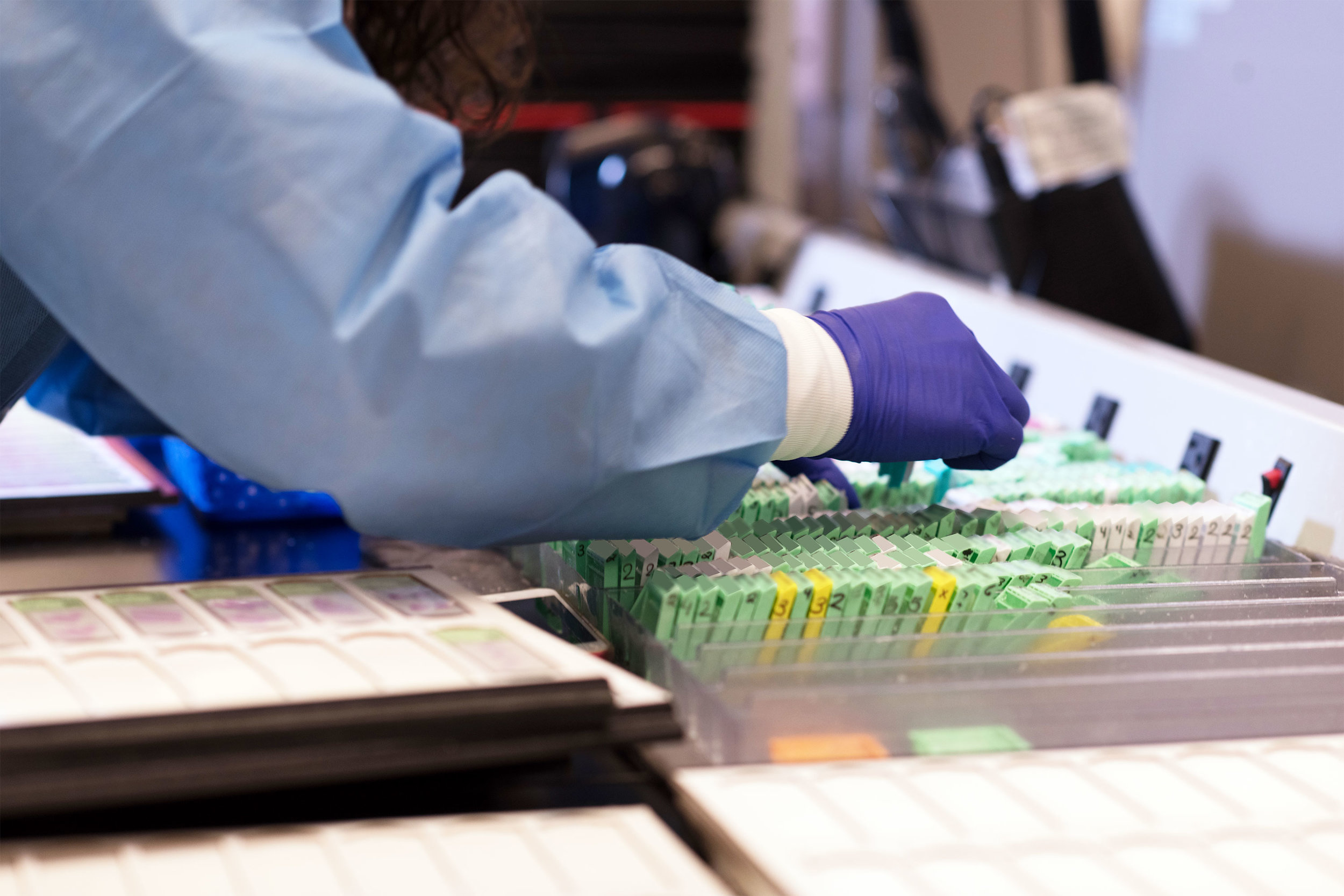The Effect of COVID-19 on Global Pathology
By Jane Meggitt
No nation finds itself immune from the effects of COVID-19. Although the world is attempting to cope as the pandemic rages and coronavirus lockdowns continue, we must find ways to move forward and remain productive in this unprecedented time.
In pathology, that response has included proactive measures for keeping employees safe, allowing them to continue performing vital services for the local population. Here are some of the effects of the pandemic on the industry and the changes made for meeting community needs.
Living With COVID-19
COVID-19 will affect us for the near future. An effective vaccine is unlikely to appear before 2021, and widespread availability may take even longer. Realistically, laboratories must plan for long-term coronavirus restrictions.
In the post-COVID-19 world, many of the changes forced by the pandemic will prove permanent. While forced rapidly upon global pathology professionals, it is clear that some changes are advantageous.
In medicine, change often takes time. That is obviously not the case when it comes to dealing with COVID-19. The emergency relaxation of certain digital technology regulations, especially, is likely to remain once the pandemic is over.
How Pathology Labs are Adapting
Working in pathology has always entailed risks. In that sense, pathologists are perhaps better prepared than certain other healthcare professions in confronting the dangers posed by the pandemic. Many formerly routine procedures now carry the risk of infection or becoming an unwitting coronavirus vector.
As with any workspace, social distancing within the laboratory or hospital is imperative. Everyone on the premises must wear masks. Those working in teams should remain segregated for potential coronavirus infection reduction.
That may involve changing schedules so that laboratory personnel work in shifts. Break and meals are now staggered to lessen risks. Enhanced sanitation and staff access to PPE are other crucial safety elements. Dispensers of 70% ethanol are distributed throughout the facility. Hand-washing is stressed for those moving from one section of the laboratory to another.
Twice daily monitoring of temperature allows for immediate detection of possible infection. If an employee does test positive for coronavirus, all those working in close contact with the individual should also quarantine for 14 days.
The Future is Digital
While it has long been evident that the future of pathology is digital, the pandemic has only hastened the move toward digital pathology for many hospitals and practices. In difficult cases, digital pathology is easily shared for critical second opinions.
While scanned digital slides have long been common, live image scanners allow certain systems to serve as robotic microscopes. Such scanners are particularly valuable for pathologists when time is of the essence for an evaluation. The same holds true when samples are less even or thicker than desired.
International medical conferences are on hold for the duration. On a global level, cloud consultation platforms can replace much of the prior need for international travel. Those pathologists collaborating in different parts of the world can use these tools to further their teamwork with no interruption. Virtual lectures and conferences are the wave of the future.
Because elective surgeries came to a halt during the pandemic, a backlog may soon arise as the pent-up demand is addressed. Digital technology will aid those laboratories experiencing the additional workload as elective surgeries return to normal levels.
Education and Training
Pathology instruction for residents and fellows revolves around microscopes and attending pathologists. The coronavirus changed this training routine. Now, pathologists with cameras on their microscopes can share slides. The classic gatherings of various trainees around multi-head microscopes have morphed into teleconferencing.
In those laboratories in which residents and fellows are still receiving in-person training, some programs are projecting slides onto a large screen while residents sit at socially distant intervals for viewing and discussion. Other programs are using larger multi-head microscopes. Eyepieces all have plexiglass dividers between them, and the glass is sanitized regularly.
Contact Us
As with pathology services worldwide, Yosemite Pathology is meeting the challenges of providing quality services during the pandemic’s new reality. Along with continuous cleaning and sanitizing throughout our facilities, we have restricted on-site visitors and employee travel. Specimen pickup is now located in lower-risk areas.
We also offer COVID-19 testing for our patients and their partners. For more information about Yosemite Pathology and how we can serve your hospital or outpatient practice with our broad range of testing, contact us today.

